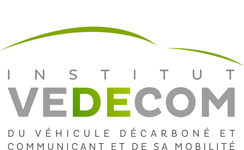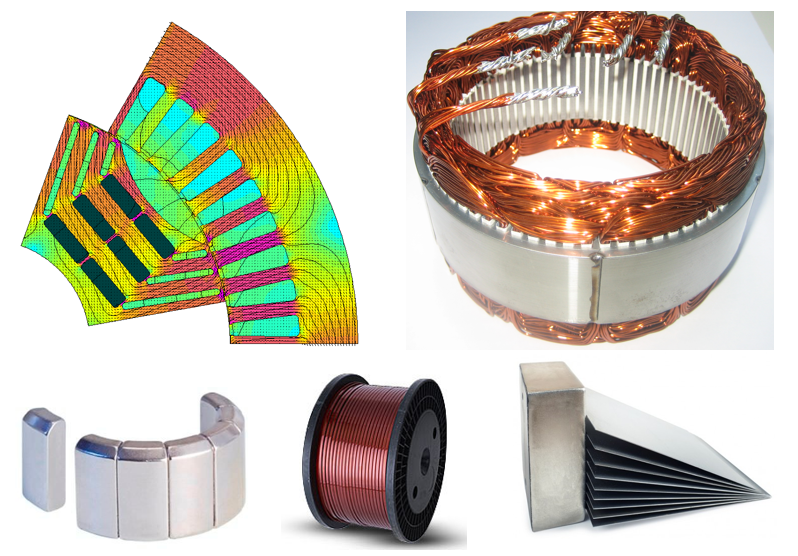
VEH01
NEW ELECTRIC MACHINES

Challenges
If they are to become more widespread, electric and hybrid vehicles must first and foremost see their production costs reduced. Even though the electric machinery does not account for the largest portion of the vehicle’s cost, there is room for improvement as far as it is concerned.
The other area that could be improved is an increase in the power density (kW/kg) while maintaining high performance.
Processability is still a major concern, because not all topologies can be mass produced.
Research themes
- New engine topologies: a reduction in the number of magnets, flow switching engine, axial flow compressor engine, cross-flow engine, multi-phase engines, etc.
- High speed (engine and reducer)
- Engine using new types of magnets
- New materials (magnets, sheet iron and iron powder, conductors and insulators)
- Optimised cooling
Project description
To achieve the goal of lower costs, the first lever applied is a reduction in the cost of magnets. This is done by exploring topologies that will permit a lower quantity of magnets used (containing rare earths), then assessing the potential of the new magnets under development, for which new types of machine will have to be developed simultaneously.
To increase the power-to-weight ratio, the high-speed option now being explored as a priority, in both automotive and aeronautic applications. For traction applications, it is also necessary to develop the reducer that will adapt the high speed to the speed of the vehicle’s wheels.
Finally, in the long term, the evolution of electric machinery will also come from the improvement of materials, including conductors and isolators. This path is being explored in order to adapt machines to the materials currently being developed in laboratories, but also to guide research into new materials that match the requirements of machine development.
Future prospects
- New, less costly and/or better performing machines
- New avenues for material development
- Mechatronics (integration of machines and power electronics)
Partners involved


